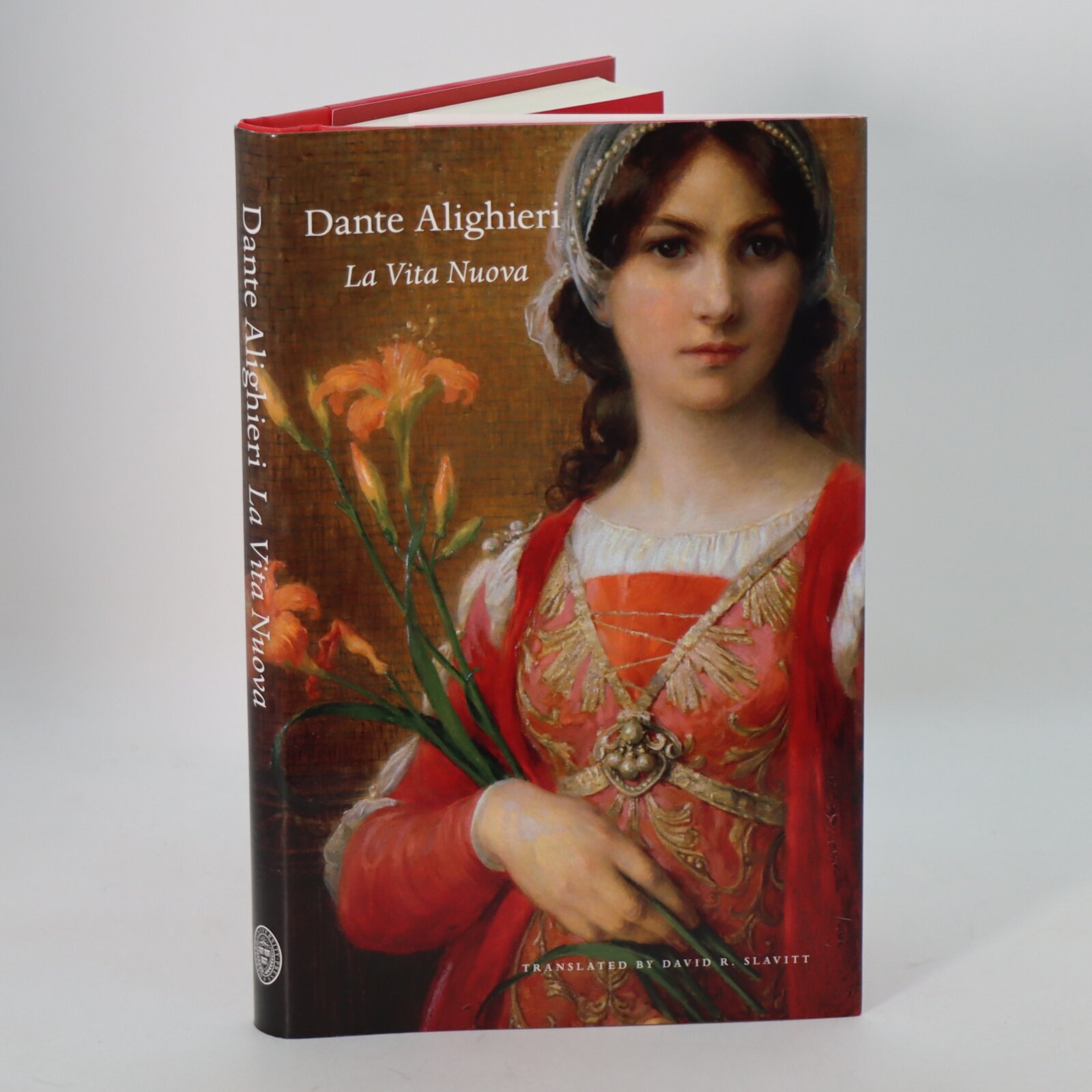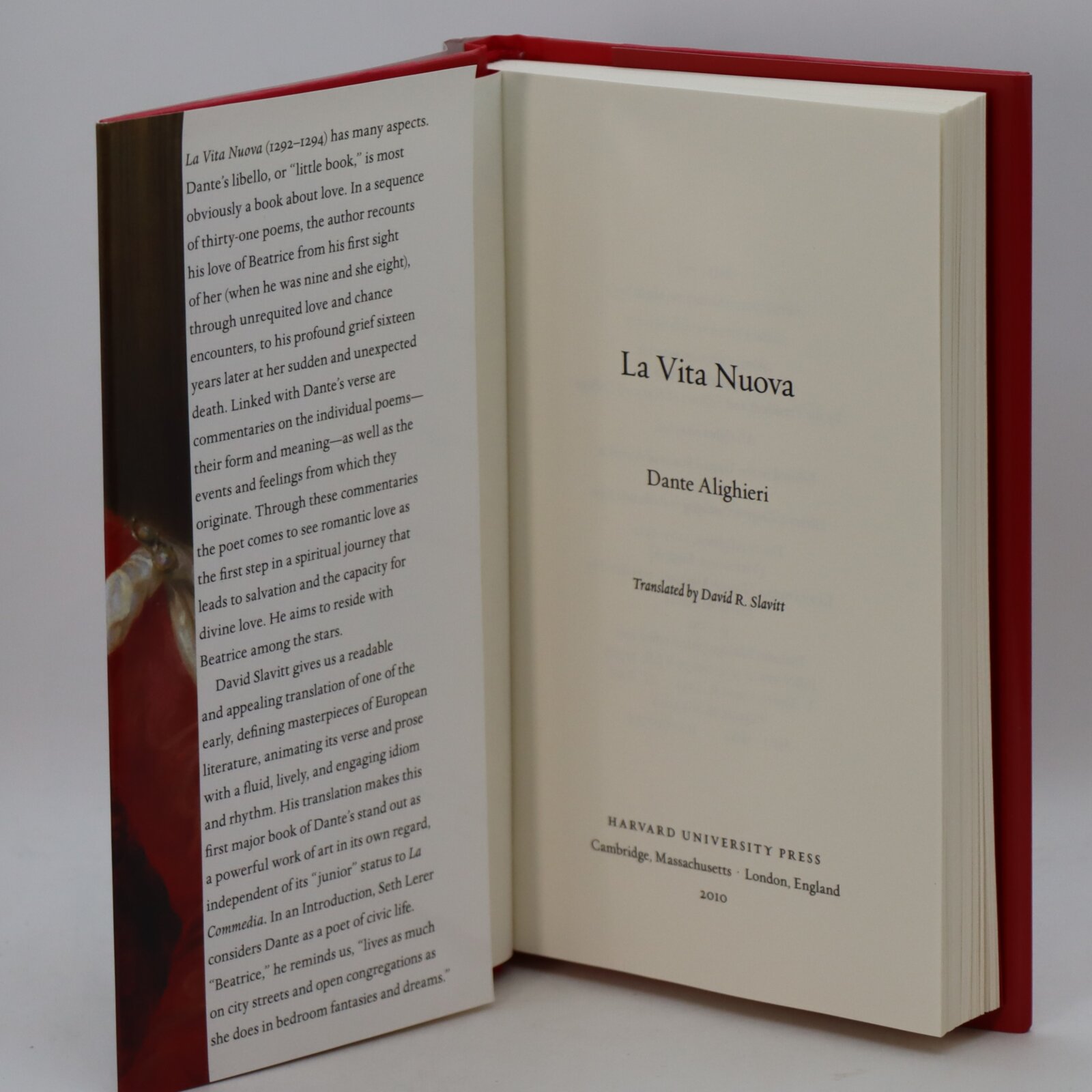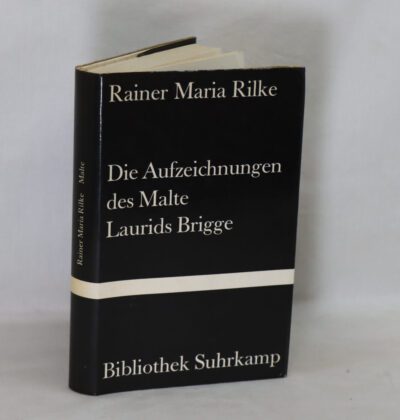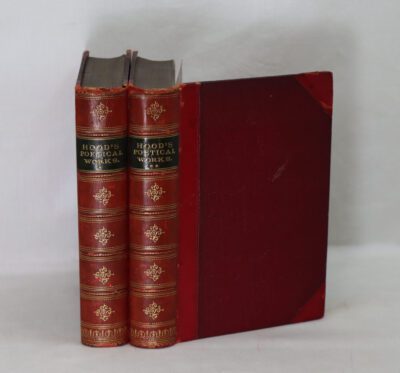La Vita Nuova.
By Dante Alighieri
ISBN: 9781387784615
Printed: 2010
Publisher: Havard University Press. London
| Dimensions | 13 × 19 × 2 cm |
|---|---|
| Language |
Language: English
Size (cminches): 13 x 19 x 2
Condition: Fine (See explanation of ratings)
Item information
Description
In the original dustsheet. Red cloth binding with gilt title on the spine.
F.B.A. provides an in-depth photographic presentation of this item to stimulate your feel and touch. More traditional book descriptions are immediately available.
An excellent book produced by Harvard University
La Vita Nuova ; Italian for “The New Life”) or Vita Nova (Latin title) is a text by Dante Alighieri published in 1294. It is an expression of the medieval genre of courtly love in a prosimetrum style, a combination of both prose and verse.
Referred to by Dante as his libello, or “little book,” La Vita Nuova is the first of two collections of verse written by Dante in his life. The collection is a prosimetrum, a piece containing both verse and prose, in the vein of Boethius’ Consolation of Philosophy. Dante used each prosimetrum as a means for combining poems written over periods of roughly ten years—La Vita Nuova contains his works from before 1283 to roughly 1293. The collection and its style fit in with the movement called Dolce Stil Novo.
The prose creates the illusion of narrative continuity between the poems; it is Dante’s way of reconstructing himself and his art in terms of his evolving sense of the limitations of courtly love (the system of ritualized love and art that Dante and his poet-friends inherited from the Provençal poets, the Sicilian poets of the court of Frederick II, and the Tuscan poets before them). Sometime in his twenties, Dante decided to try to write love poetry that was less centred on the self and more aimed at love itself. He intended to elevate courtly love poetry, many of its tropes and its language, into sacred love poetry. Beatrice for Dante was the embodiment of this kind of love—transparent to the Absolute, inspiring the integration of desire aroused by beauty with the longing of the soul for divine splendour.
The first full translation into English was published by Joseph Garrow in 1846.
Want to know more about this item?

Related products
Share this Page with a friend











